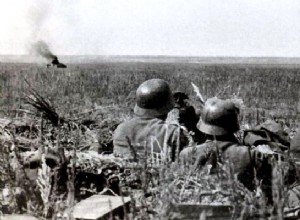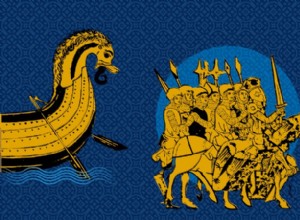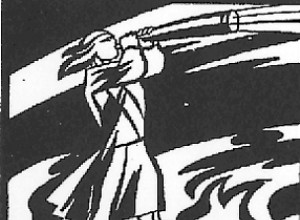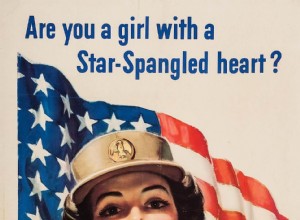At the beginning of Operation Barbarossa Lieutenant Georg Michael was the commander of the 22nd Cavalry Regiment of the German 1st Cavalry Division (MI). In May 1942, however, the position on the Eastern Front was served by the 24th Panzer Division (MPa), which had been formed with elements of the 1




